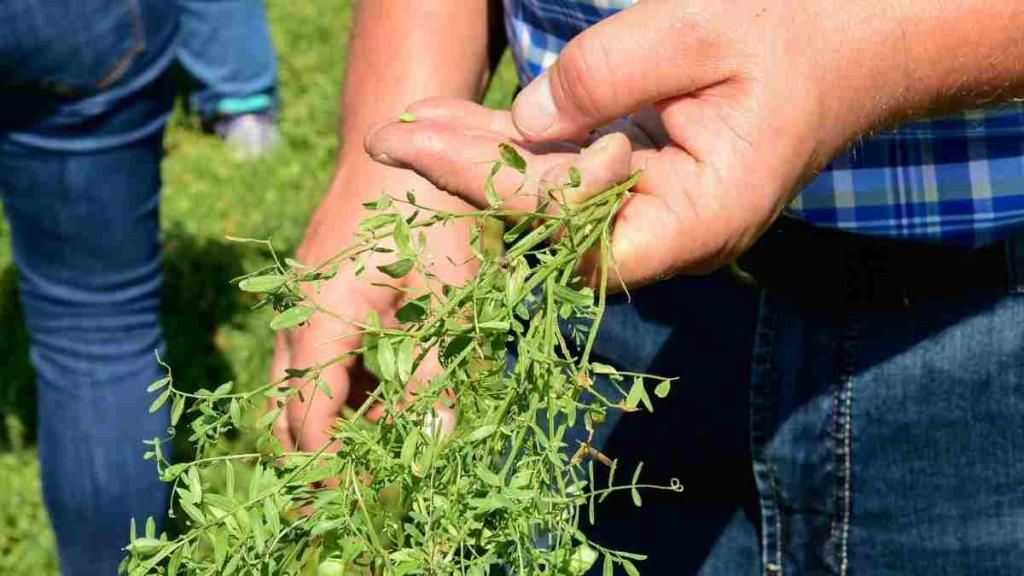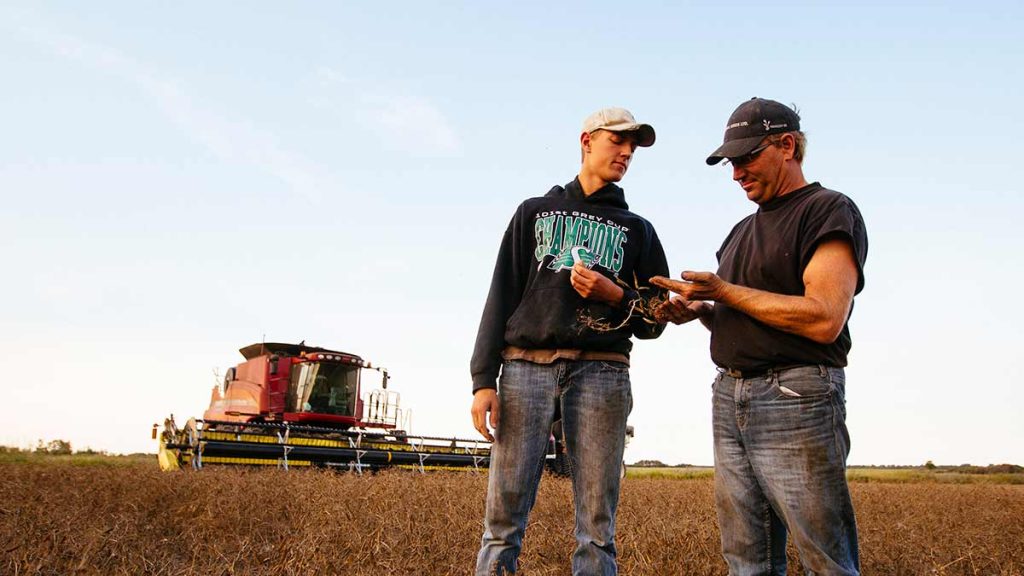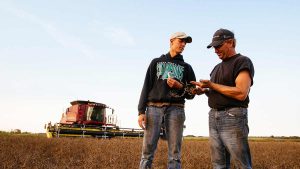Lentil history in Canada
What began in the late 1960s has blossomed into a true grown-in-Canada success story. Lentils have found a permanent home in Canada, and, mostly notably, Saskatchewan, which produces 95 per cent of all lentils yielding an average of 2.1 million metric tonnes since 2022. Overall, Canada produces one-third of all lentils worldwide. Today, there are more than 5,000 farmers that produce lentils in Canada, most of whom are in Saskatchewan and a smaller amount in Alberta.
There are two primary types of lentils grown in farmers’ fields. The large green lentil is called the Laird lentil. This variety is responsible usually for 15 to 20 per cent of all lentil production. The more popular red lentil is about half the size of a green lentil and accounts for 80 to 85 per cent of Canada’s lentil output. Other lesser-known speciality lentils grown in Canada include French green, dark speckled, Spanish brown and black.
Why do farmers like to grow them?
Farmers grow crops for many reasons, and one of them is “harvestability,” or how easy it is to harvest a mature crop. Lentils usually grow about knee-high, making the flat and dry lands of eastern Alberta and most of Saskatchewan ideal for the crop. Because a combine header must be quite low to the ground, the flatter and smoother the surface, the better. Just after planting lentils, farmers often roll their land—picture a steam roller literally flattening the ground—to push down rocks and squish dirt clumps to ensure the flattest possible surface.
The farmer also has countless options of where their red or green lentils may go once harvested. Green lentils, while smaller in quantity, are more of a special crop and often command a price premium in the market, the same way malt barley for beer production is typically worth more than barley fed to livestock. Red lentils are almost entirely focused on export markets and while they still pay a fair price, it’s usually less than greens.
In Canada, lentils are planted in early May. The plants grow approximately 12 to 24 inches tall, with the seeds being produced in pods attached to the plant. There are between one to three lentils per pod. The lentils are then harvested in their dry form typically in mid-August. The common practice in Canada is to seed the crop directly into the stubble of the previous crop. By doing that, we’re always maintaining a protective cover over the land to protect the topsoil.

Lentils and all pulses (beans, chickpeas, dried peas) are a key crop in lowering the environmental footprint of food production, food consumption, and are an ingredient for a sustainable diet. Lentils are able to fix nitrogen which means they form a relationship with bacteria in the soil that then enables them to draw nitrogen out of the atmosphere and put it into the soil, both for the use of that plant that’s growing and also leaving nitrogen in the soil for subsequent crops. Crops need nitrogen to grow. So, having lentils in our crop rotation lowers the overall greenhouse gas imprint of the whole farming system. Lentils actually have a negative carbon footprint because they sink more carbon into the soil than is emitted.

Want to learn more? Corey and his son, Aidan are lentil, canola, wheat and barley farmers in northwestern Saskatchewan. Click below to learn more.


